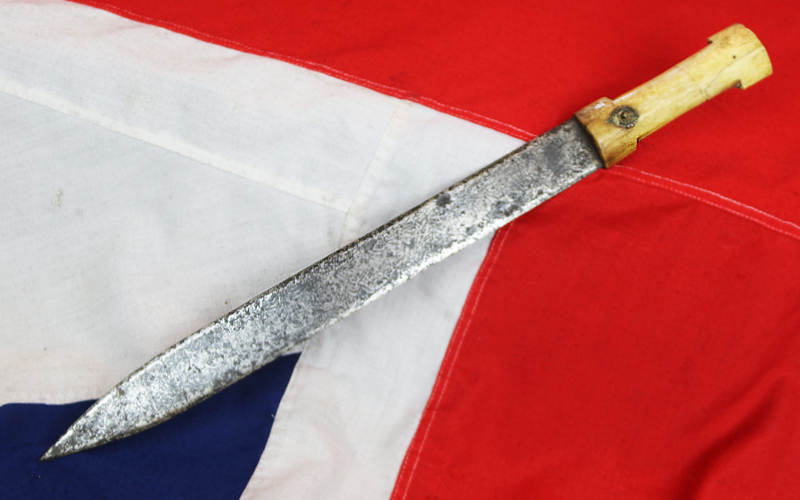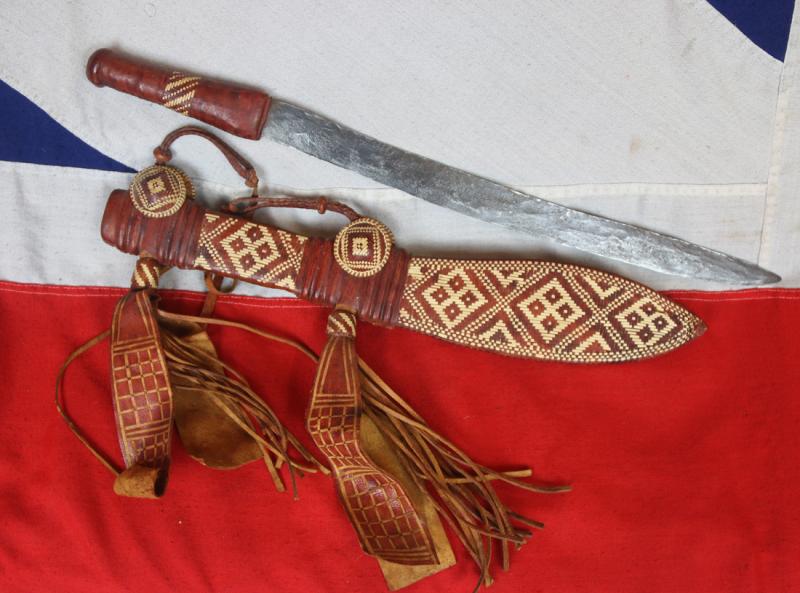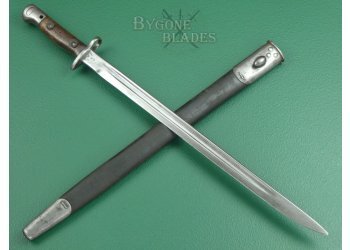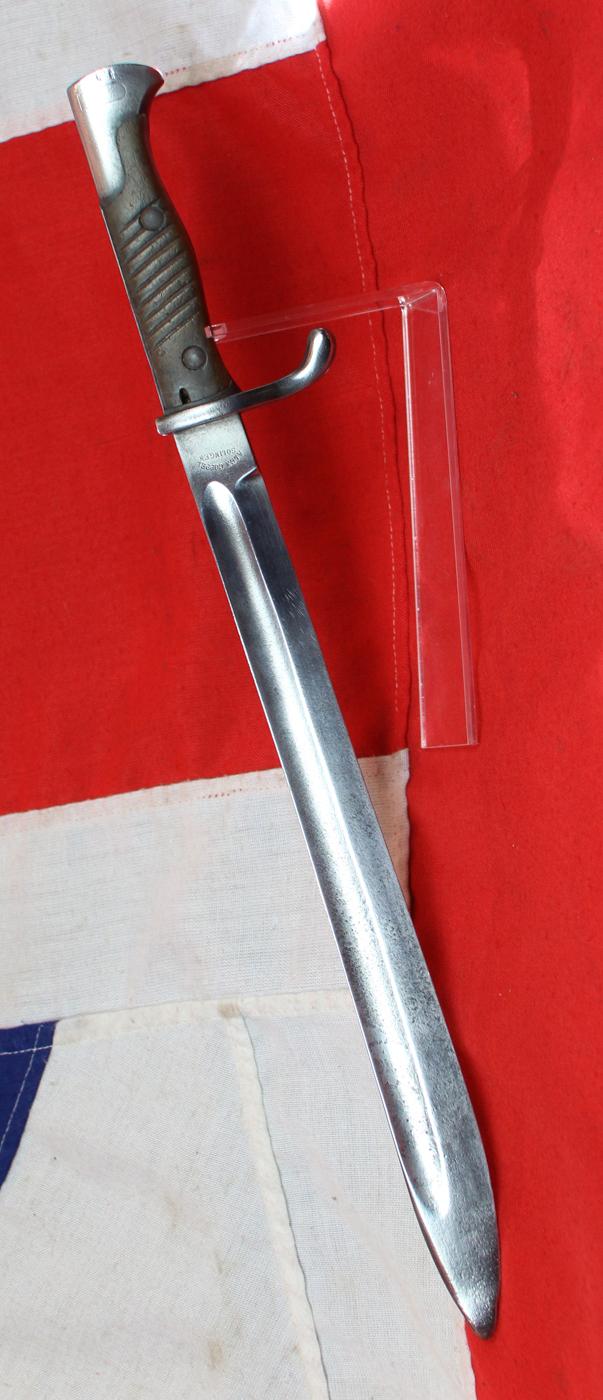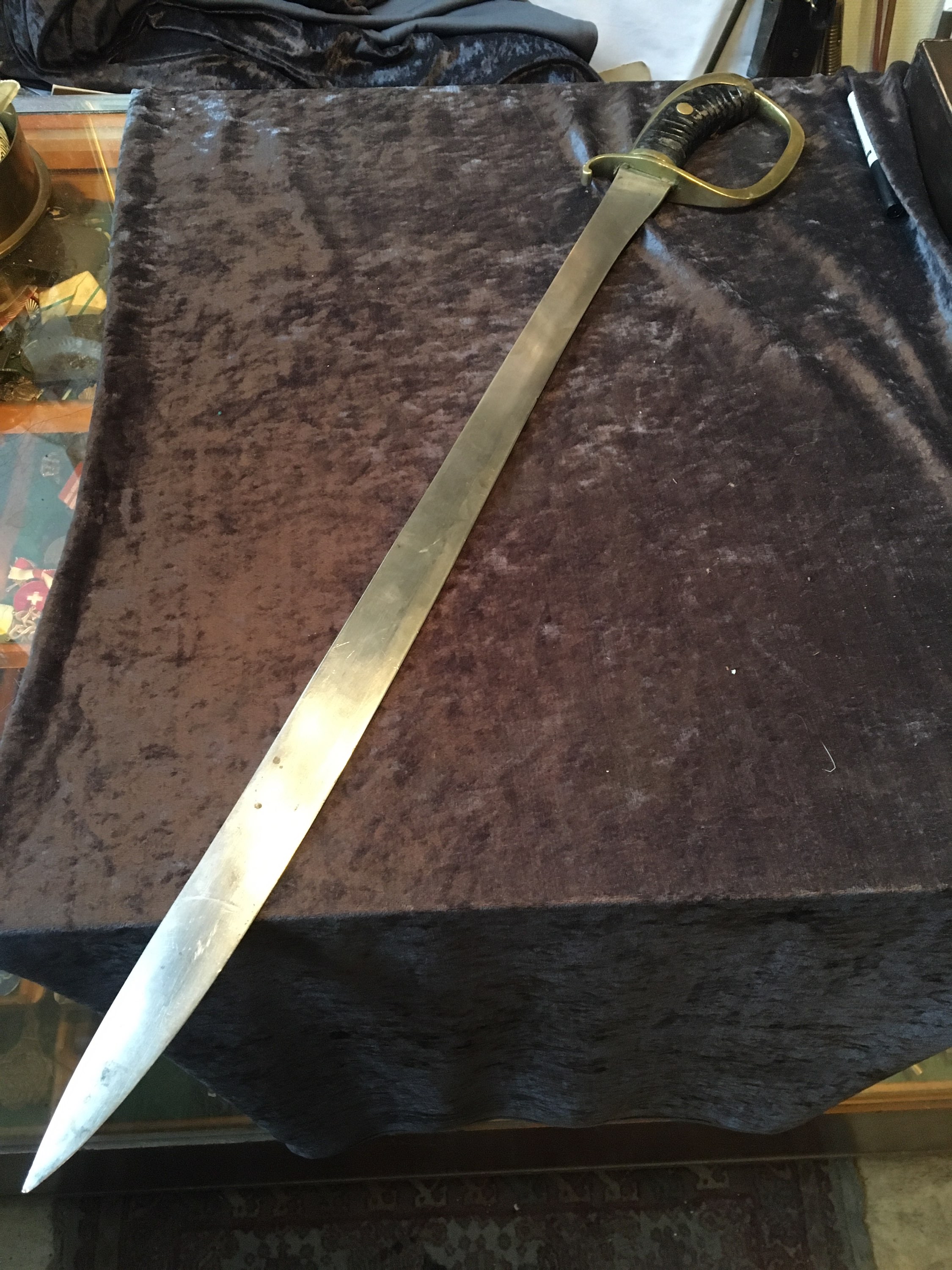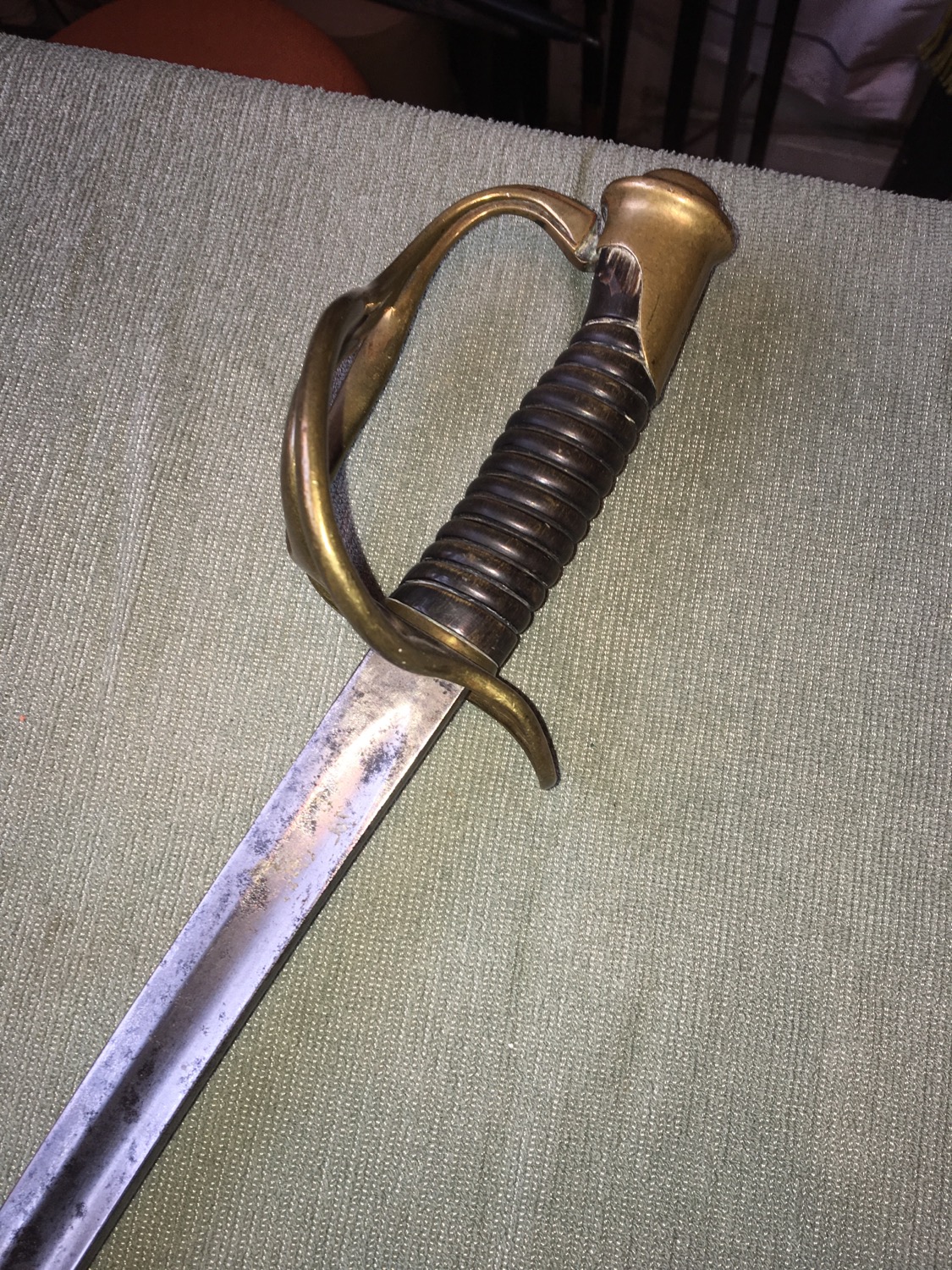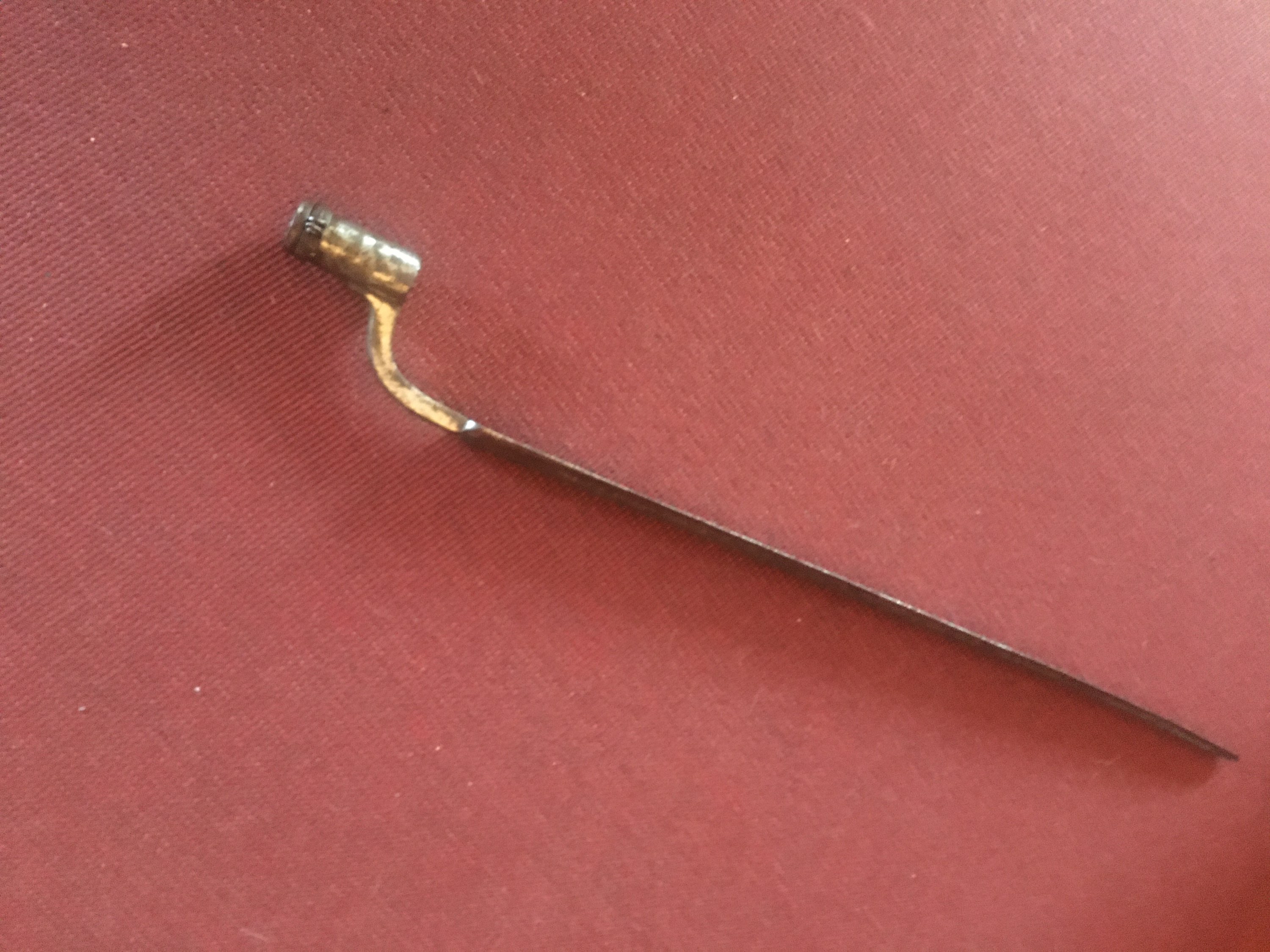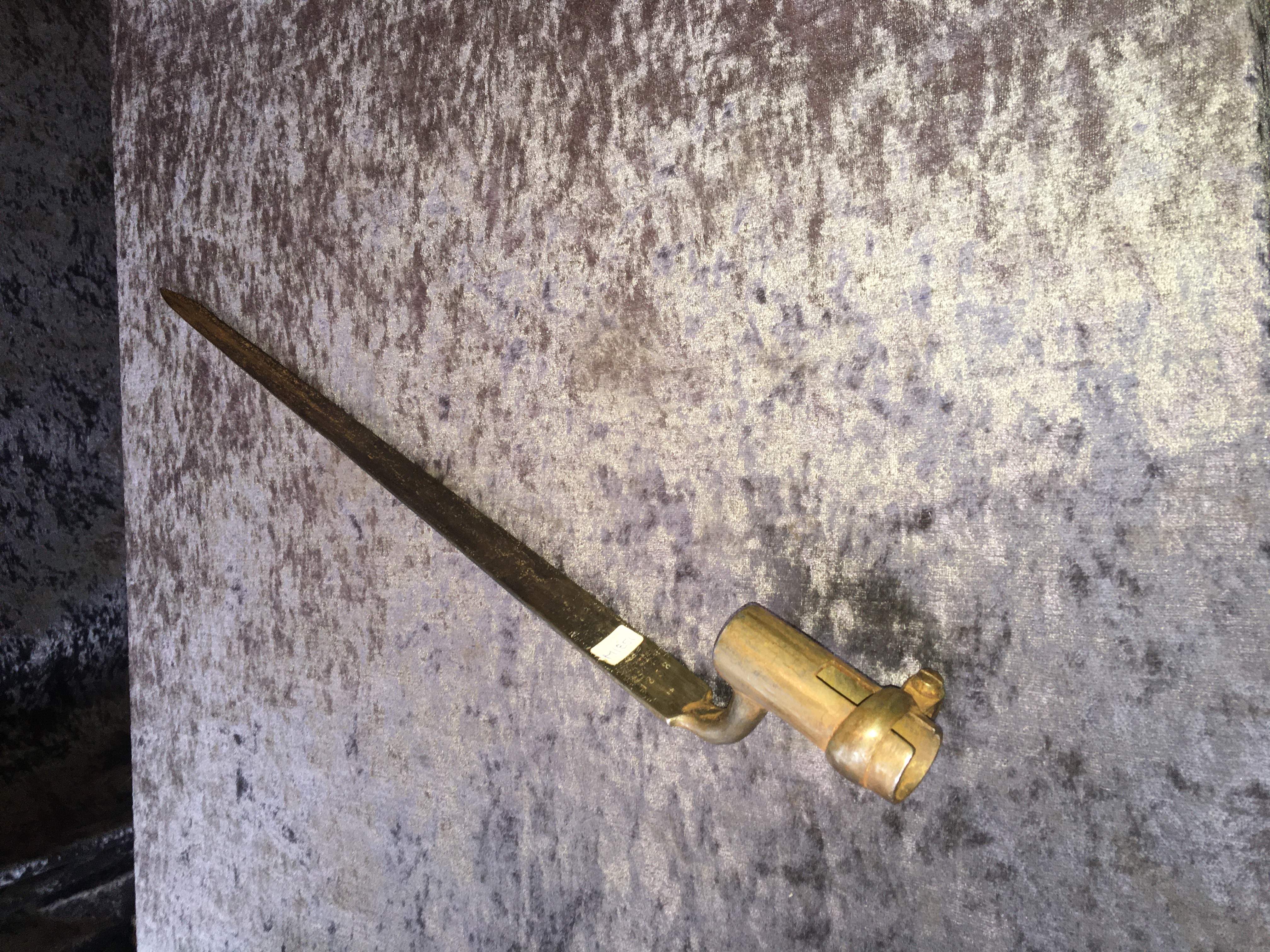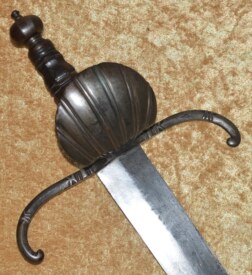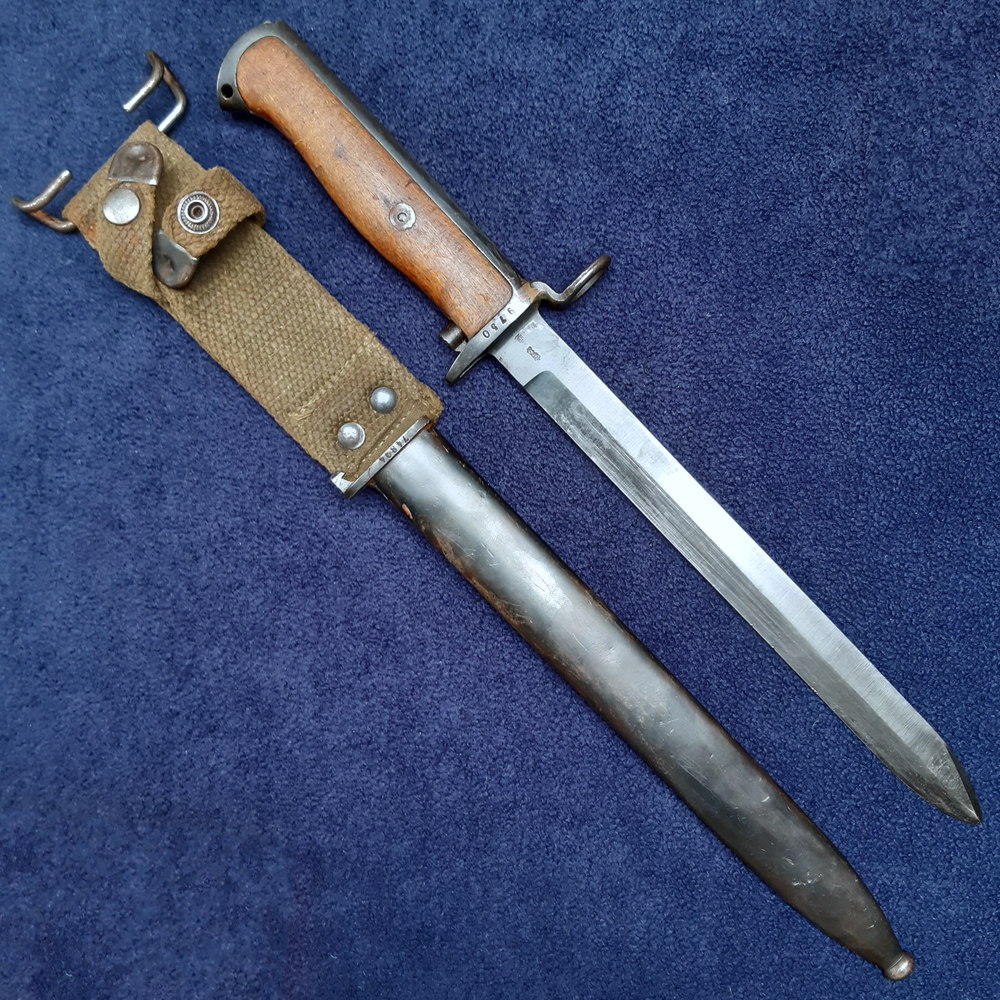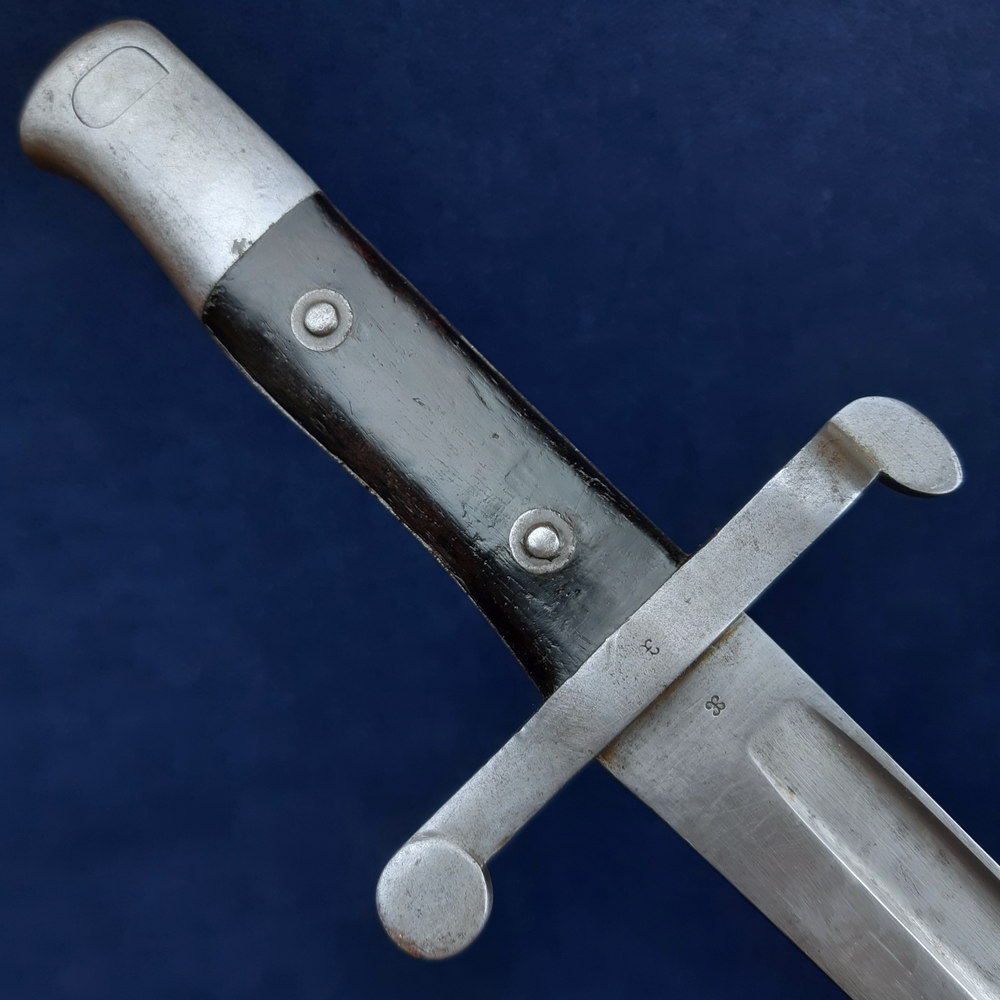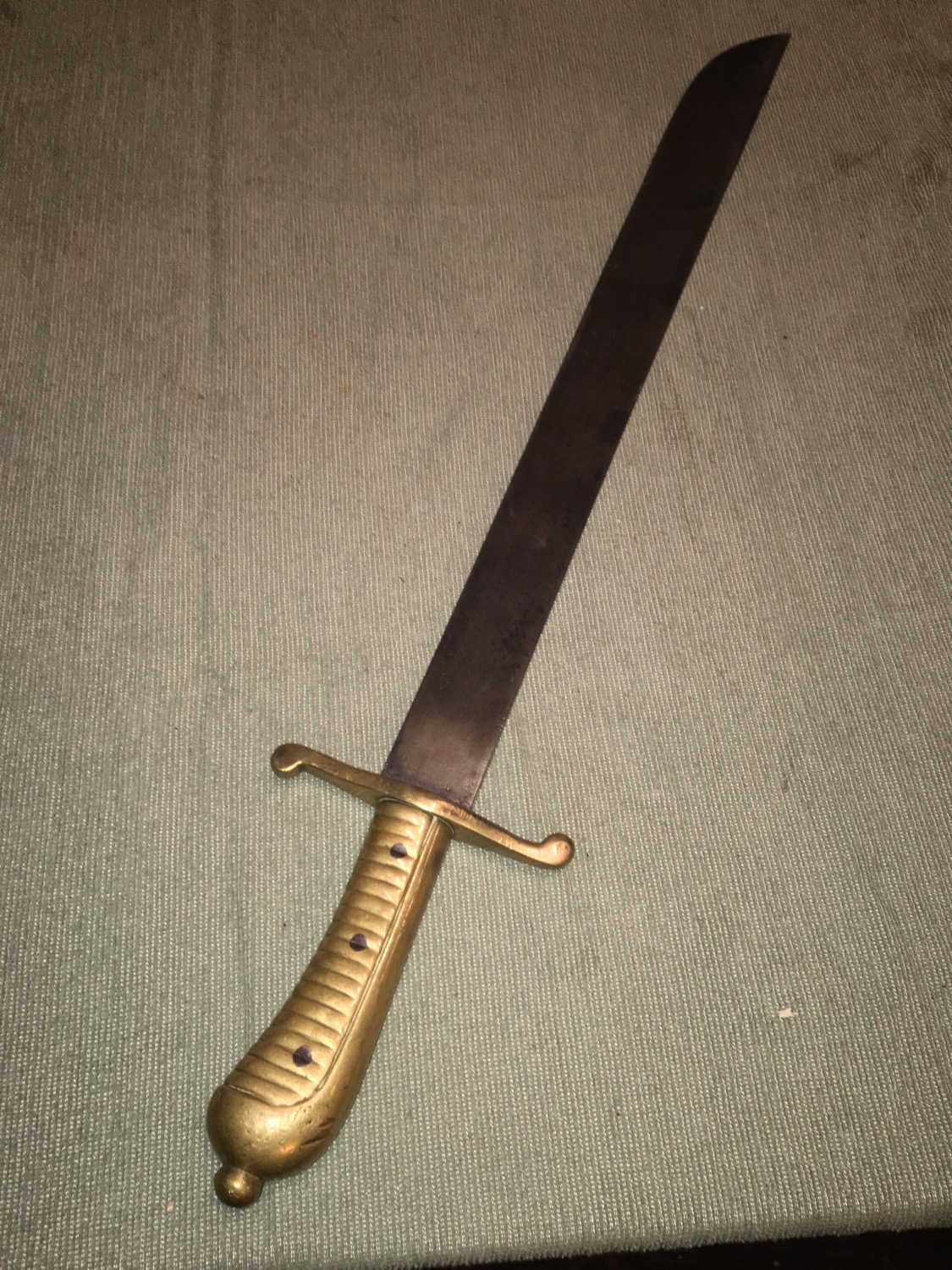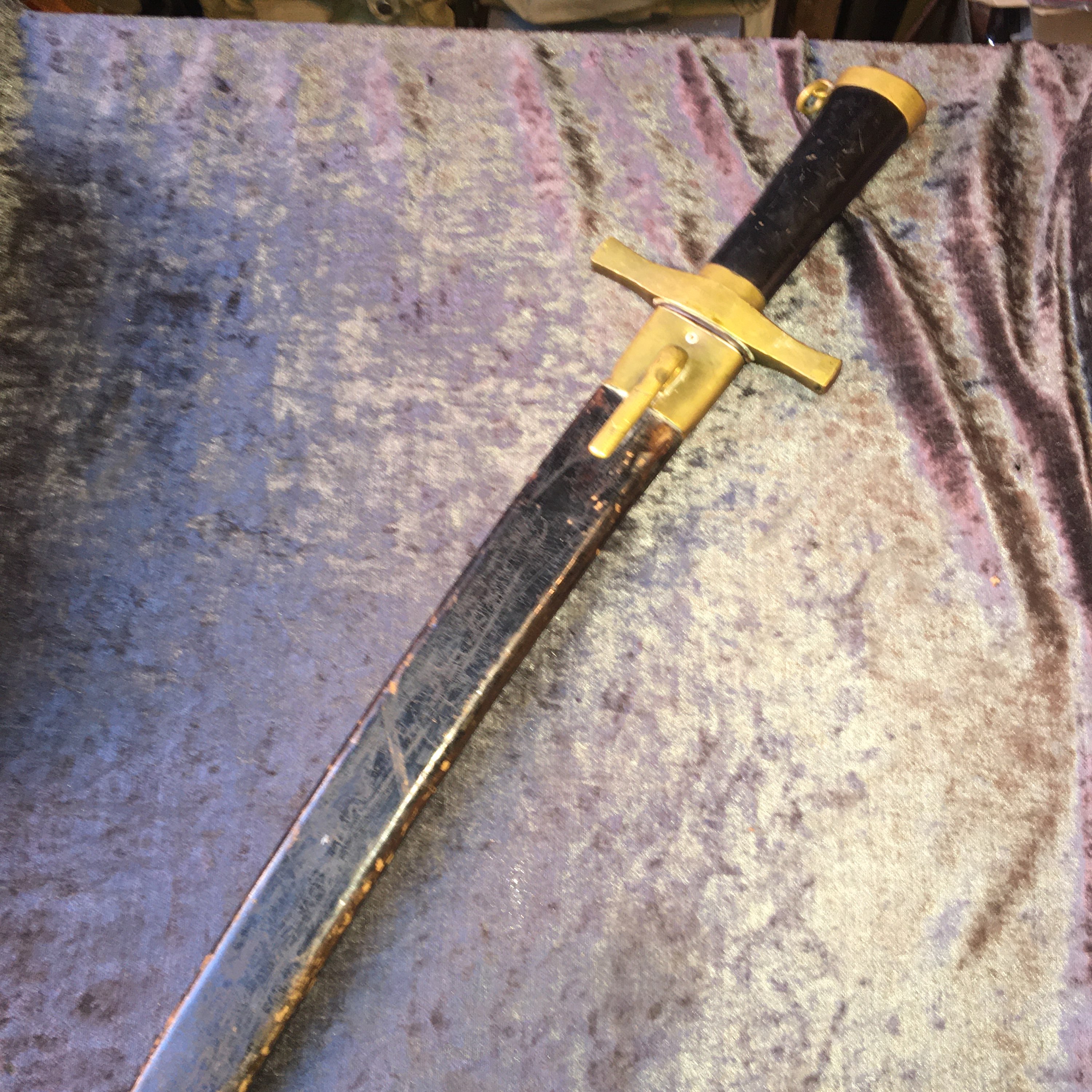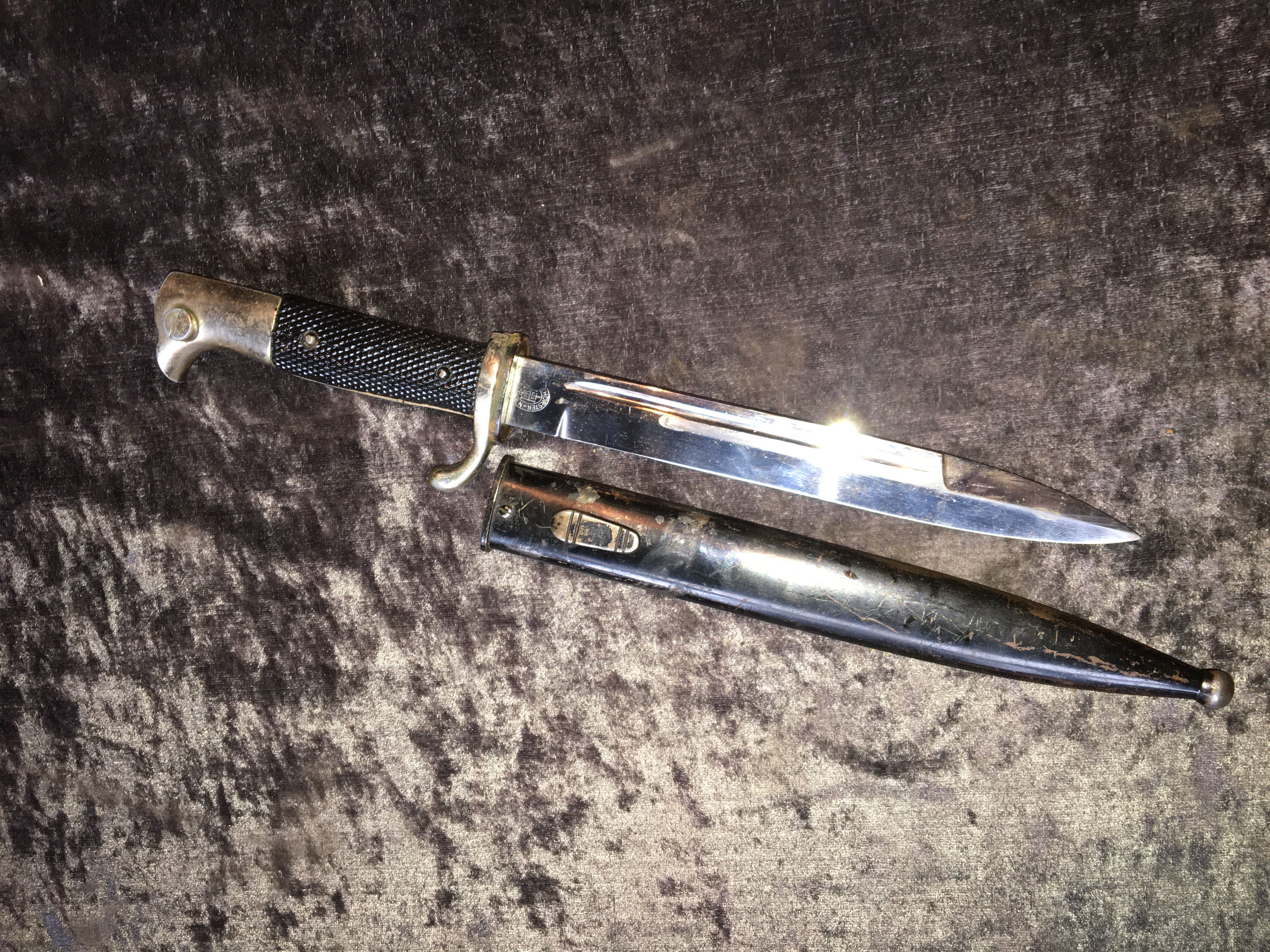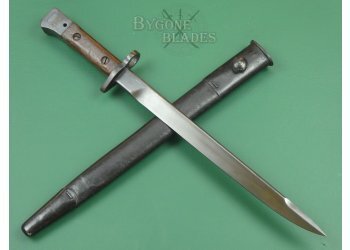For Sale
The following items are listed by for sale by users of the site and dealers. They are in no way endorsed or guaranteed by www.oldswords.com
Add a Classified ItemYou can also receive regular email notifcations when items match your keywords. To recieve them just register or logon at the top right of this page.
- Nation : British
- Local Price : £195.00
- Nation : British
- Local Price : £195.00
- Nation : Australia
- Local Price : £195.00
- Nation : French
- Local Price : £195.00
- Nation : British
- Local Price : £195.00
- Nation : Italian
- Local Price : $2495.00
- Nation : British
- Local Price : £185.00
- Nation : -
- Local Price : £185.00
- Nation : British
- Local Price : £185.00
- Nation : -
- Local Price : £185.00
- Nation : -
- Local Price : £185.00
- Nation : British
- Local Price : £185.00
- Nation : British
- Local Price : £180.00
- Nation : Australia
- Local Price : £180.00
- Nation : Portuguese
- Local Price : £180.00
- Nation : American
- Local Price : £175.00
- Nation : Indian
- Local Price : £165.00
- Nation : Indian
- Local Price : £165.00
- Nation : American
- Local Price : £165.00


